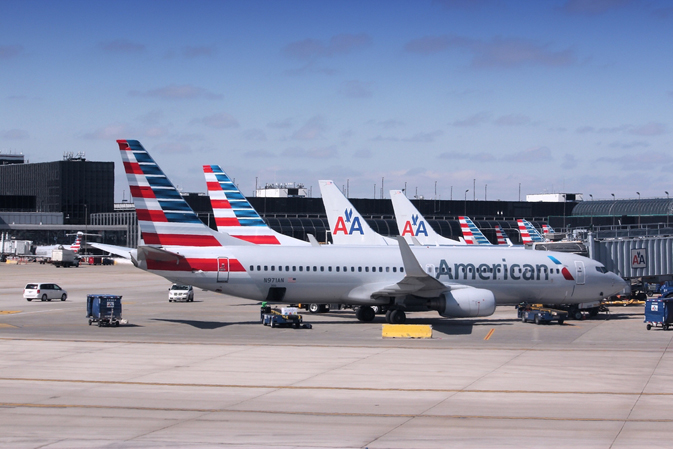NEW YORK — American Airlines is changing its frequent flier program, becoming the latest carrier to have passengers earn miles based on how much they spend rather than how far they fly.
The move announced Tuesday follows similar changes by Delta Air Lines and United Airlines and benefits business travellers who purchase expensive, last-minute tickets.
The Fort Worth, Texas-based airline also tweaked its reward chart, effective for trips booked after March 22. A domestic roundtrip award ticket remains 25,000 miles but flights from the U.S. to Canada and Alaska will go up to 30,000 miles roundtrip. Off-peak flights to Hawaii also become more expensive at 40,000 miles instead of 35,000 miles but peak flights remain 45,000 miles. Some long-haul flights to South America, Europe and Asia are increasing, too.
The biggest change domestically is the introduction of new 15,000 mile roundtrip awards for short flights of 500 miles or less.
American spokesman Casey Norton said the most-popular awards aren’t changing. At least 75 per cent of the award tickets booked would not cost more under the new system.
But it will likely be harder for those infrequent travellers to earn miles.
Under the current system, a non-elite member of American’s loyalty program flying roundtrip between New York and Dallas would earn 2,778 miles. Starting in the second half of 2016, that same passenger would earn 5 miles per dollar of airfare — excluding government taxes and fees— they spent.
So a passenger flying on deeply-discounted $148.20 roundtrip advance-purchase ticket ($111.63 base fare plus $36.57 in taxes) would only lose out, netting only 558 miles. But somebody buying a last-second $1,174.20 ticket on that same route ($1,066.04 base fare plus $108.16 in taxes) would come out ahead by earnings 5,330 miles.
Elite fliers would earn seven, eight or 11 miles per dollar based on their status tier, similar to Delta and United’s programs.
American had held off making any changes to its program until it finished its merger with US Airways. The new combined airline recently unified its reservation systems — the hardest part of any merger — and is now moving on to make other changes.
